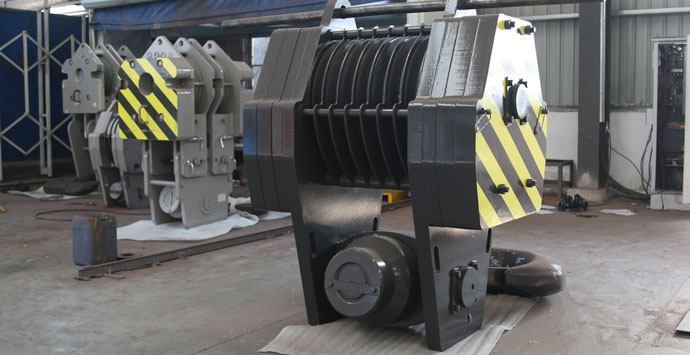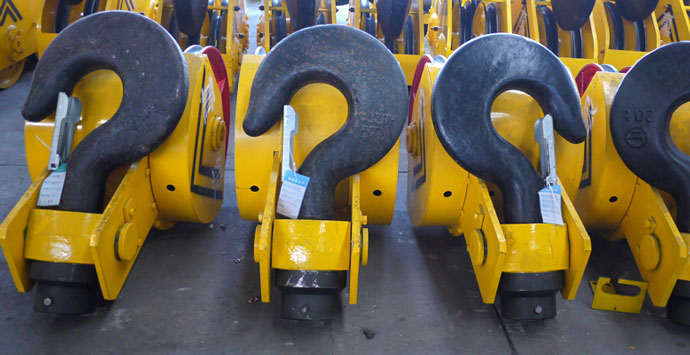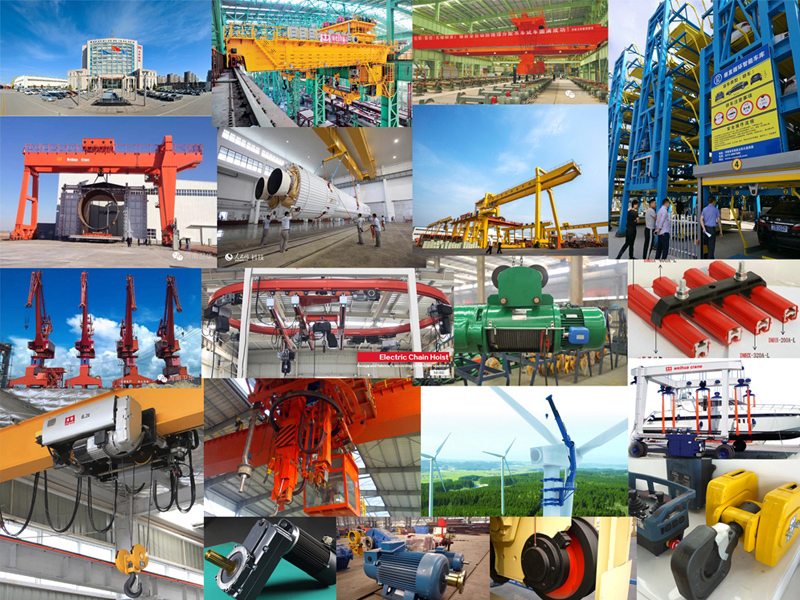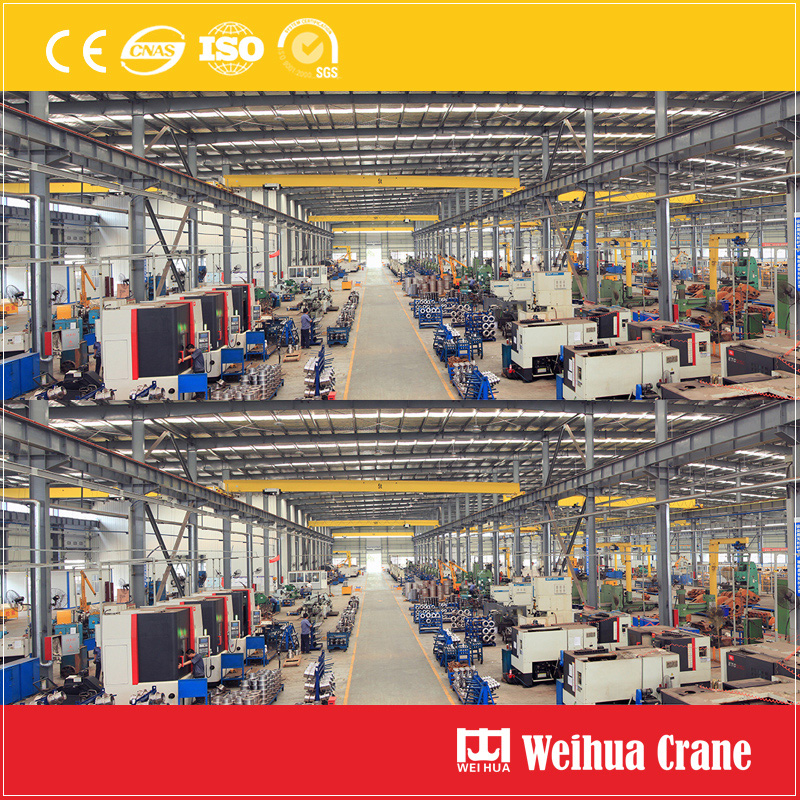Un gancho de grúa de acero forjado es un componente de elevación fundamental que se utiliza en diversas aplicaciones industriales., incluyendo la construcción, fabricación, envío, y manipulación de materiales. Para garantizar un funcionamiento seguro y evitar fallos inesperados, Es imprescindible inspeccionar diariamente el gancho de la grúa.. Las inspecciones visuales y funcionales periódicas pueden detectar signos tempranos de desgaste., deformación, o grietas que puedan comprometer el rendimiento y la seguridad del gancho..

La inspección diaria de los ganchos de grúa de acero forjado ayuda a:
1. Prevenir accidentes causados por fallas en los ganchos.
2. Asegúrese de que el sistema de grúa funcione de manera eficiente.
3. Prolongar la vida útil del equipo de elevación..
4. Cumplir con OSHA, ISO, y otras normas de seguridad.
Para realizar una inspección diaria efectiva, es posible que necesites:
1. Linterna o luz de inspección
2. Cinta métrica o calibres
3. Prueba de detección de grietas por pulverización o partículas magnéticas (opcional para controles más profundos)
4. PPE (guantes, gafas de seguridad, etc.)

a. Compruebe si hay grietas o fracturas
Inspeccionar la superficie del gancho., especialmente el cuello, caña, y punto de gancho. Busque grietas visibles, gubias, o fatiga superficial.
b. Examinar la deformación o flexión
Mida la apertura de la garganta. Si la apertura ha aumentado más de 5% de su dimensión original, indica deformación y el gancho debe retirarse del servicio.
do. Inspeccionar por desgaste
Verifique los puntos de apoyo donde la carga hace contacto con el gancho.. Desgaste excesivo (normalmente más 10% de la sección transversal original) compromete la fuerza del gancho.
d. Busque corrosión u óxido
El óxido de la superficie se puede limpiar., pero la corrosión profunda debilita el gancho y puede indicar degradación del material..
mi. Condición del pestillo (Si corresponde)
Asegurar el pestillo de seguridad del gancho de la grúa (Si está equipado) Funciona suavemente y vuelve a una posición cerrada cuando se suelta..

1. Movimiento de carga: Observe cómo se comporta el gancho bajo carga ligera.. Cualquier balanceo irregular, rotación, o la inestabilidad podría sugerir desgaste o desalineación.
2. Rotación: Si es un ganchos giratorios, comprobar la suavidad de rotación.
3. Resorte y pestillo del gancho: Verifique que las piezas accionadas por resorte funcionen correctamente sin pegarse.
Retire inmediatamente el gancho de servicio si se observa cualquiera de las siguientes condiciones:
1. Grietas visibles o defectos abiertos.
2. Más que 5% estiramiento de apertura de garganta
3. Encima 10% desgaste en cualquier sección
4. Doblado o torsión permanente
5. Pestillo inoperativo o dañado
6. Evidencia de soldadura o modificación no autorizada.

Mantenga un registro de inspección diario. Registro:
1. Fecha y hora de la inspección.
2. nombre del inspector
3. Hallazgos y mediciones
4. Acciones tomadas (P.EJ., “gancho retirado para mantenimiento”)

Una inspección diaria de los ganchos de grúa de acero forjado es una rutina simple pero vital que garantiza la seguridad y confiabilidad en las operaciones de elevación.. Siguiendo los pasos descritos anteriormente, Los operadores de grúas y los equipos de mantenimiento pueden identificar riesgos potenciales de manera temprana y mantener un entorno de trabajo seguro..
Valoramos sus comentarios! Complete el formulario a continuación para que podamos adaptar nuestros servicios a sus necesidades específicas..


Haga clic en el botón para obtener información del producto y cotizaciones en WhatsApp.
Obtener una cotización
Últimos comentarios